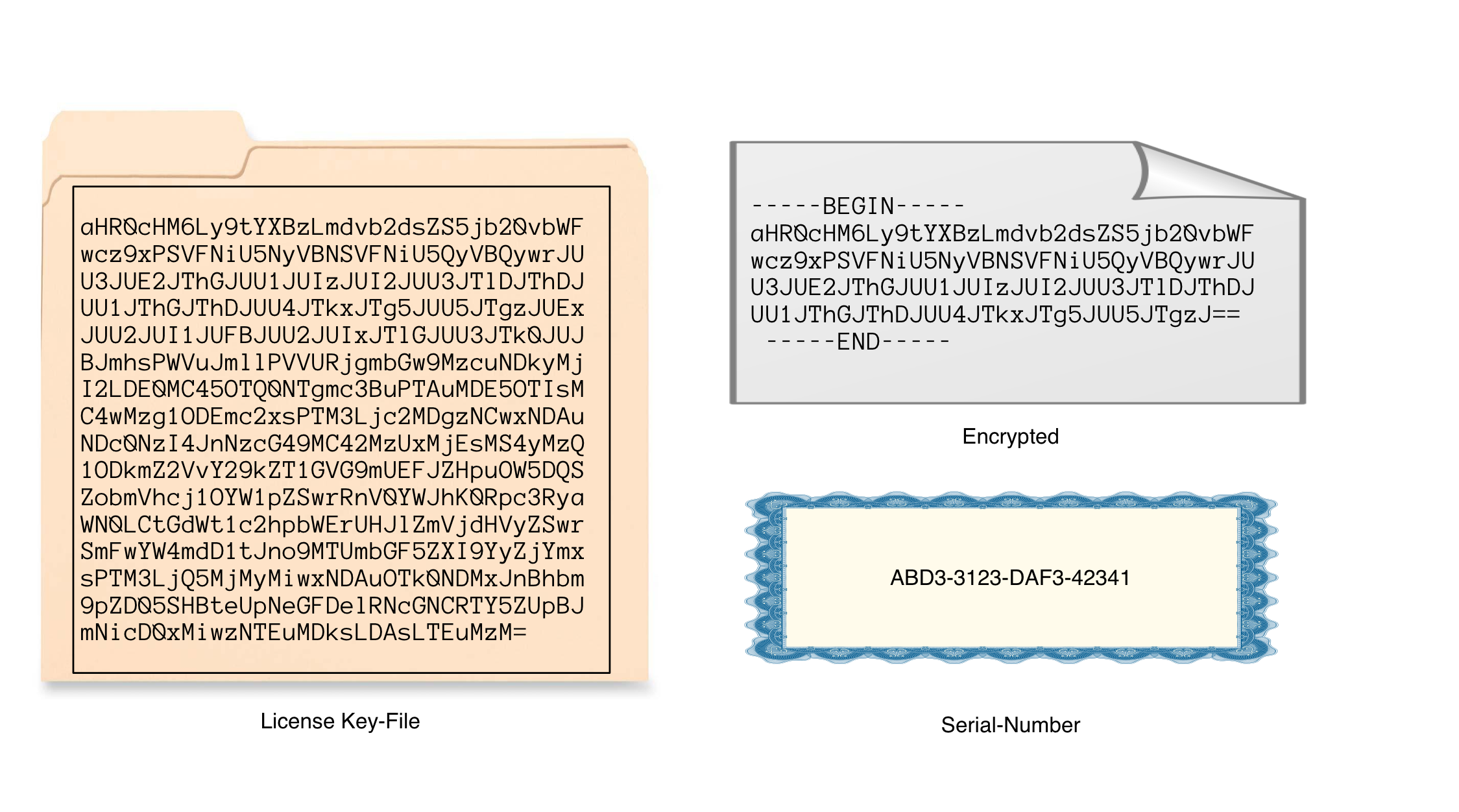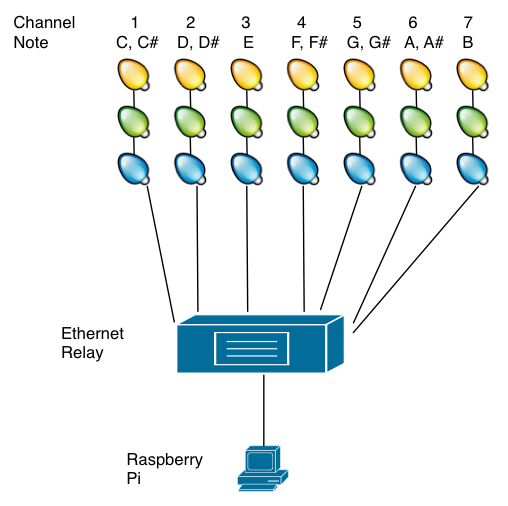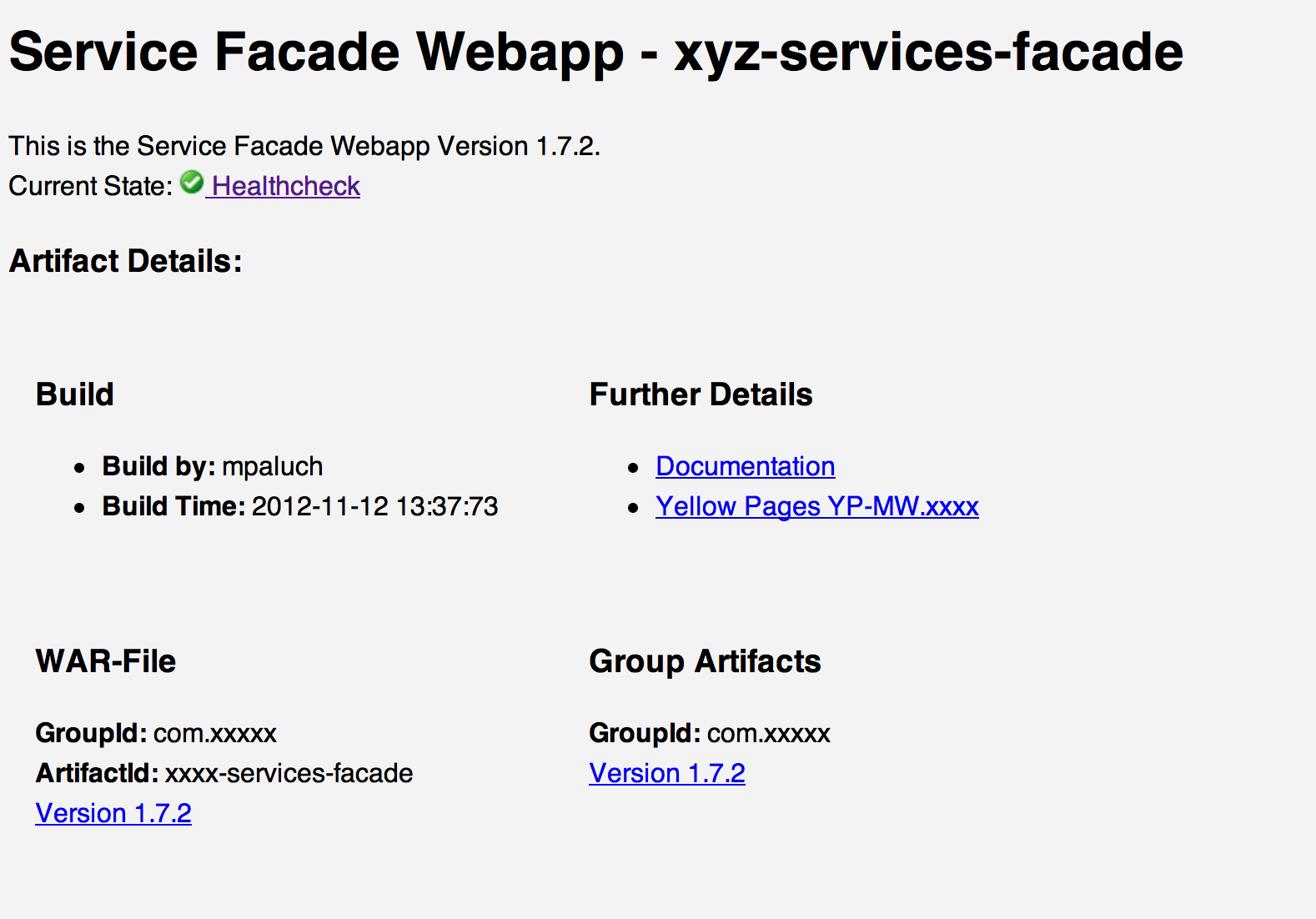Author: mp911de
-

Copy protection in Java-based software
Once someone has written a software and he wants to sell it, ideas of licenses and copy protection arise. There are several ways, how software can deal with that: No license control at all, license keys, serial numbers, online activations, encrypted source code. Every type has its pros and cons.
-
Continuous Delivery Configuration: How do you deploy configuration data into your application (EAR/WAR)?
It’s a common problem almost which every application has: Where do I put my configuration? Lucky you, rich clients and standalone applications. For most rich client/standalone apps it’s somehow easy, because you have to have somewhere a starter, so you can deploy the config somewhere along the starter.
-
Testdriven integration: Remote mocking for integration tests
In my last post about Integrationtest-driven development/Test-driven integration I was talking how to get started with integration testing. Sometimes it comes to the point, where your integration tests need more than only a database and a running system: You have additional dependencies like EJB’s or Web-Services. What now? You can’t always rely on test-systems: Sometimes…
-
Integrationtest-driven development/Testdriven integration
TDD (test-driven development) is a well known development process for now. You start with a idea of a solution and the test. Then you proceed within a cycle of writing production code, then test code again, start over.
-
Treat your code: Avoid code bloating in JUnit Tests when using Mocking
JUnit test are inherent to almost every professional Java project. Some utilize JUnit more than others, some use it for integration tests. But nearly all of them have similar issues. As soon as they reach the testing boundaries, they have either to take care of expensive test setups or rely on some infrastructure stuff such…
-
It’s evolution
In the early days of development, where technical approaches and feasibilities were depending on “is there any solution available”, lots were happy connecting a database using a web front end. Decoupling and abstraction layers were built to hide the complex persistence API. Ugly web wrappers were also tried to decouple. In the end, you got lots of…
-
MongoDB Sharding and Replication
MongoDB is known for its easy and near zeroconf setup. But when it comes to the point, to setup a sharded cluster with replication, things can get complex. Therefore I’d like to provide a configuration tooling to setup such a cluster with only a couple of simple commands.
-

Controlling Christmas Lights using Midi
Some time ago I’ve posted how to control a relay using Midi. This was a preparation to the christmas lights midi-control. Now let’s see, how it works.
-
Controlling a relay via Midi
Some time ago, I’ve used an USB-based relay to control a XFD (extreme feedback device). Now, let’g go a step beyond that and let a relay dance.
-

Building a health check page
ThoughtWorks recommends it, Ops love it and even you won’t ever miss it: health check pages. Do you really know at one sight, what’s the state of your application? Do you know, where to find your monitoring? Can you find it just in time of an incident?